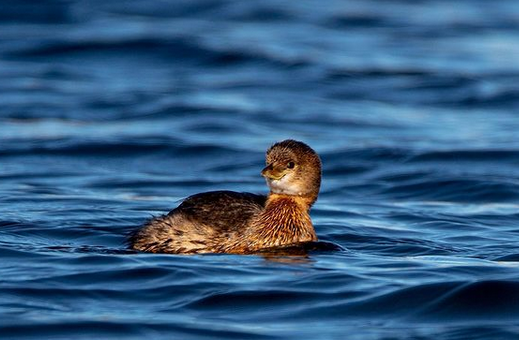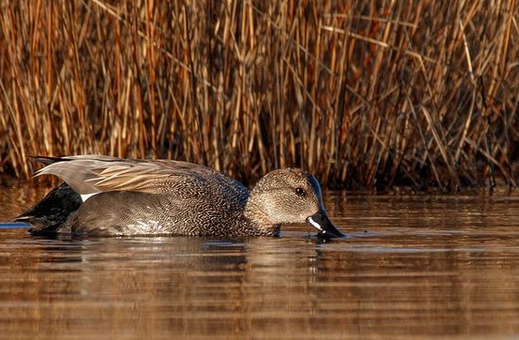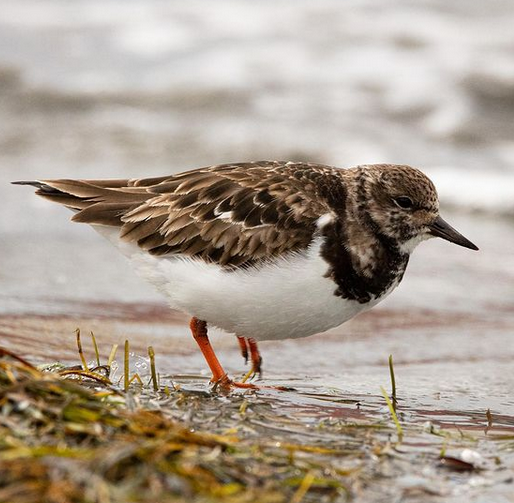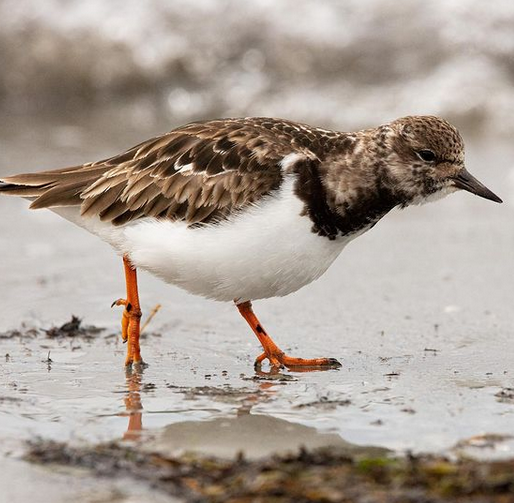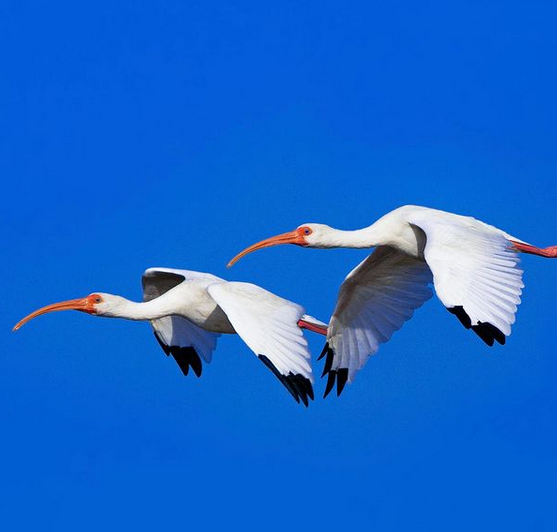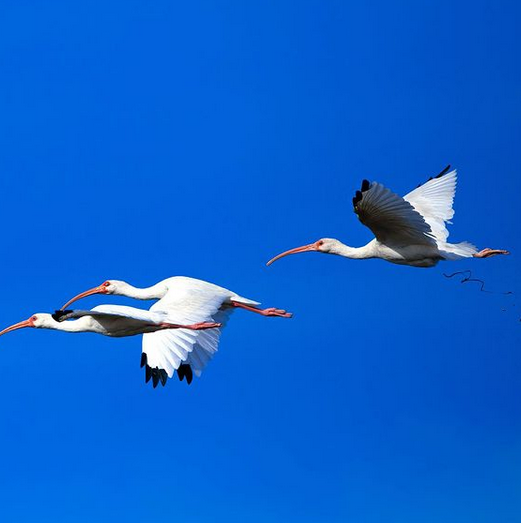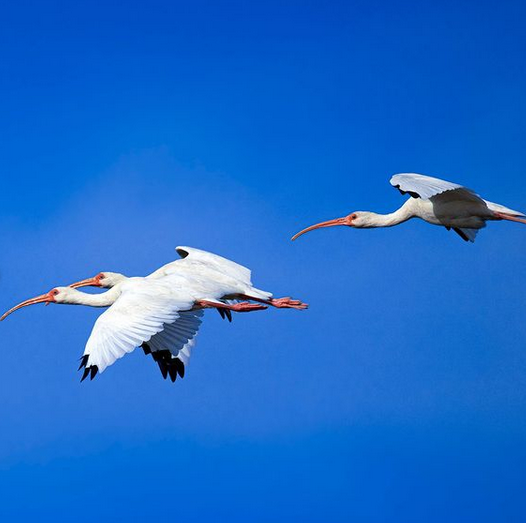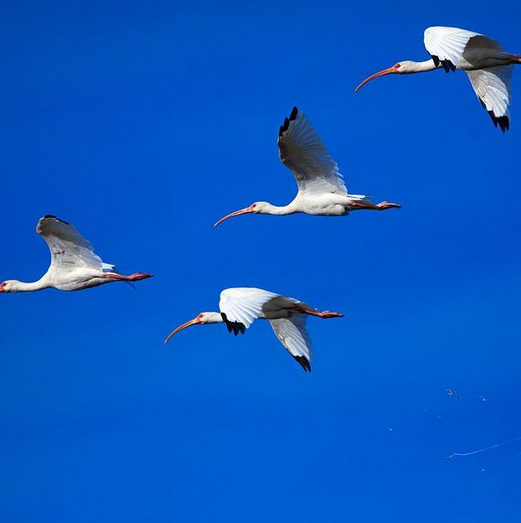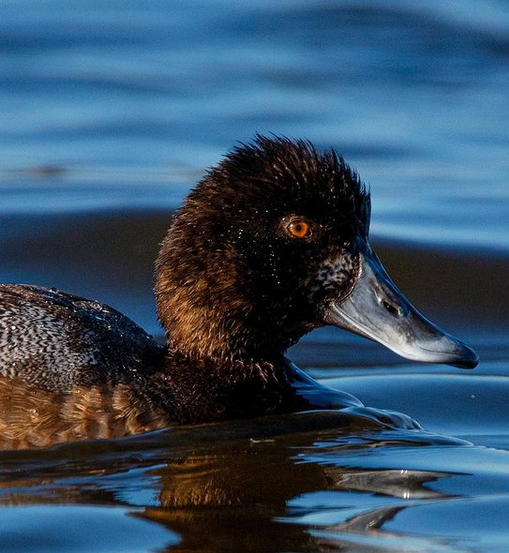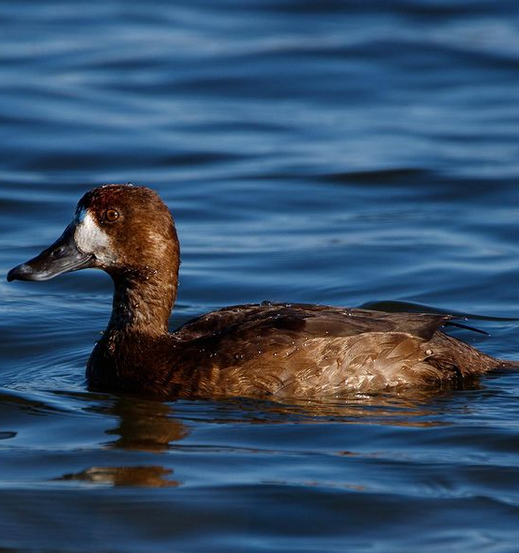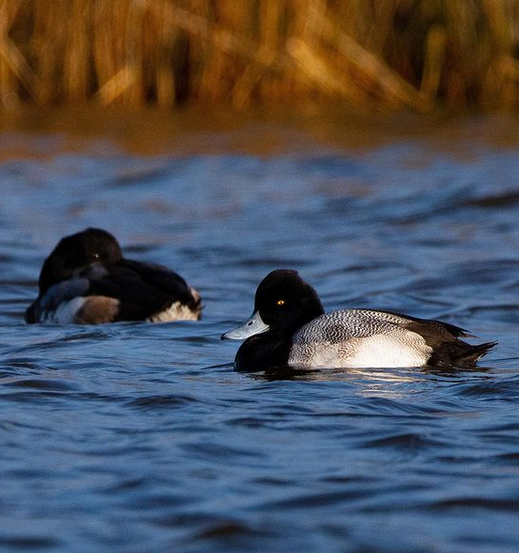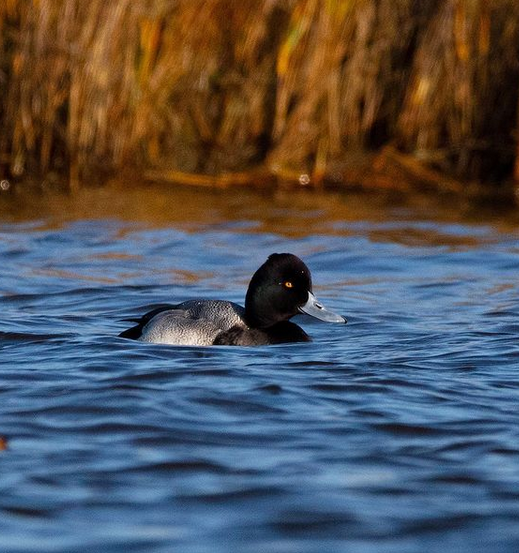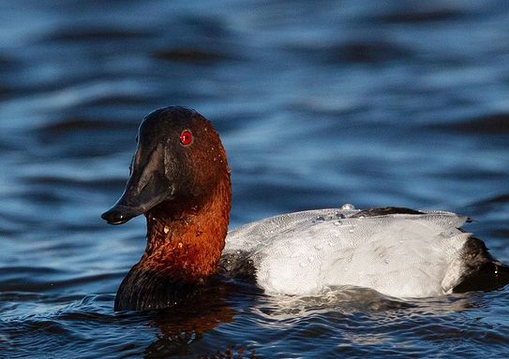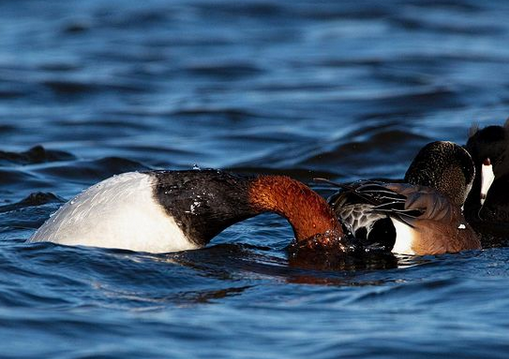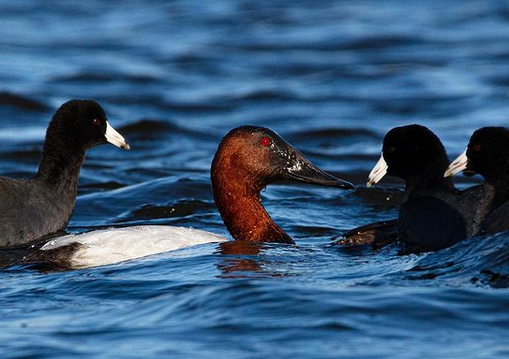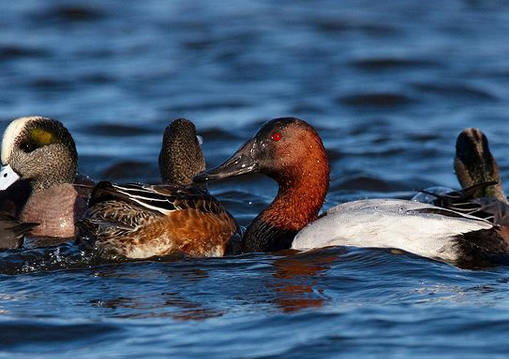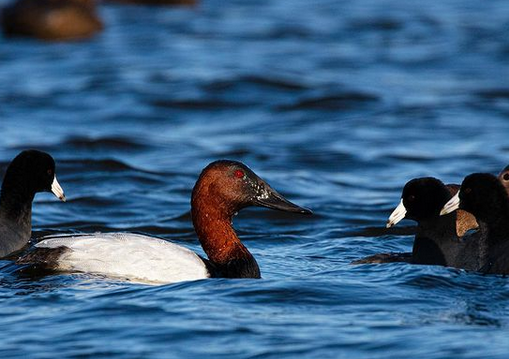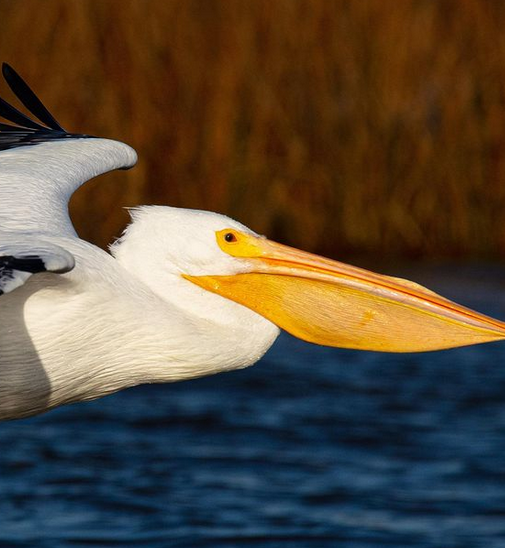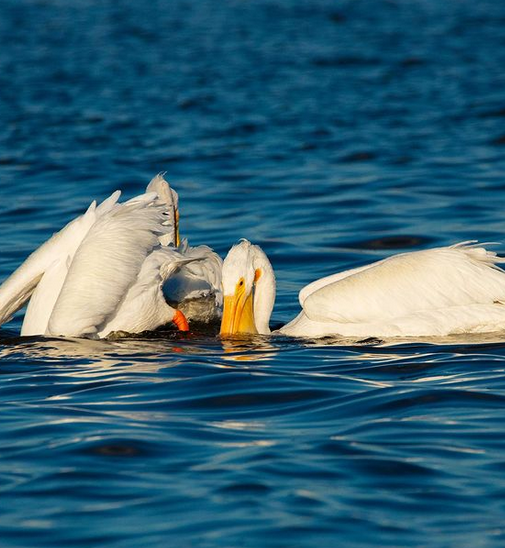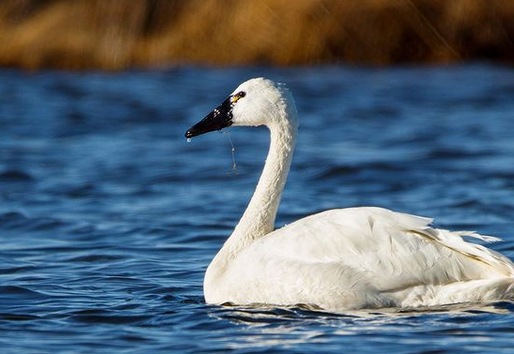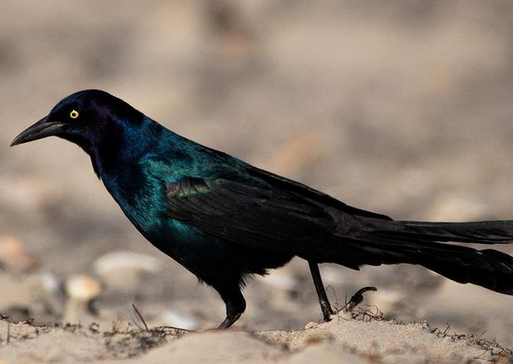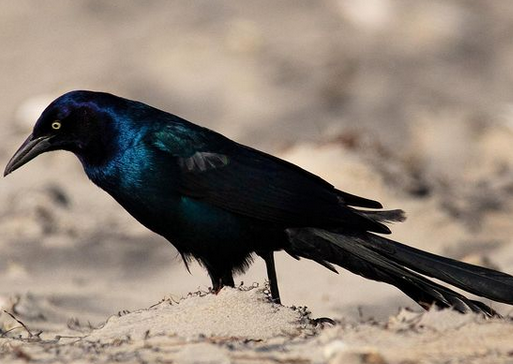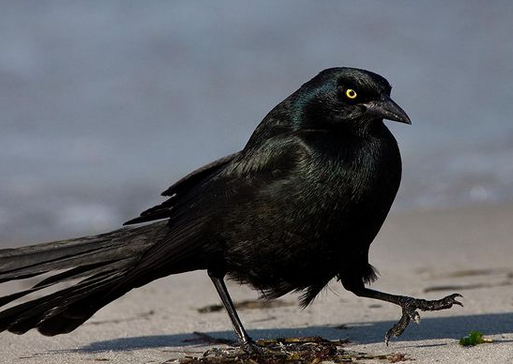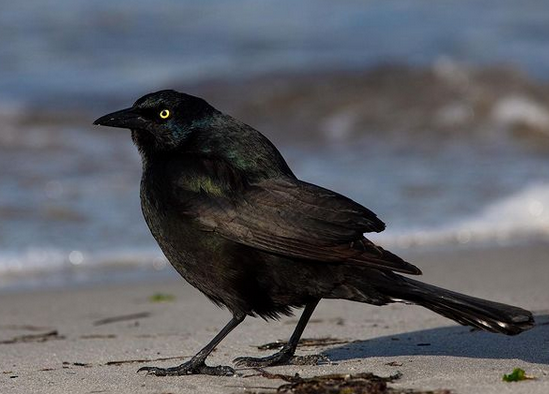As the end of my second day in the OBX, I made a quick stop at the Oregon Inlet on Pea Island NWR to see if I could tick off any new birds for the tour ahead.
Unfortunately I didn’t find anything unexpected but as I walked alone along the jetty, I knew there was no place I’d rather be.
Give me a cold ocean breeze, the sound of waves on rocks, mix in some gull cries on the wind and I’m happy 🙂
At first I thought that I’d be unable to get any usable photos before darkness set in, yet the waning light yielded the perfect conditions for capturing some portraits of the Brown Pelicans cruising over the water.
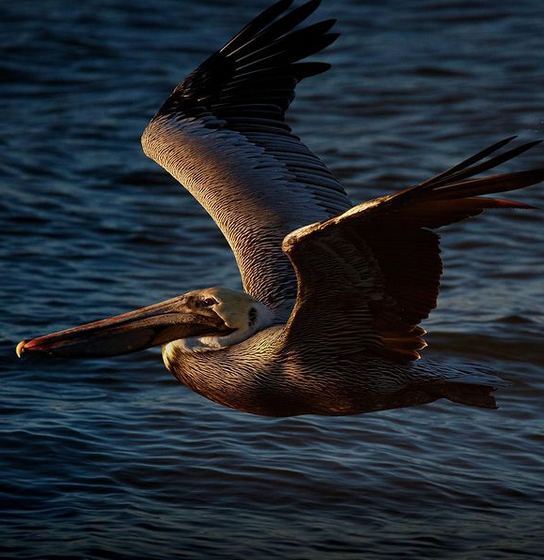
These birds are a neat creature to see up close, especially while in flight!
Although they’ve got a wingspan of 7ft, they’re actually the smallest member of the 8 members of Pelican species. They are also the only species of Pelican to occur exclusively in salt and brackish water marine habitats. This means you’re likely to see them hunting for fish over the ocean, along the beach, over sandbars, bridges, jettys, and docks.

Brown Pelicans are a permanent resident of North Carolina and are known to nest in at least 10 different sites along our coast.
That was always the case though.
Just a few decades ago, the numbers of Brown Pelican were locked in a steep decline due to a string of brutal winters causing many of the birds to starve.
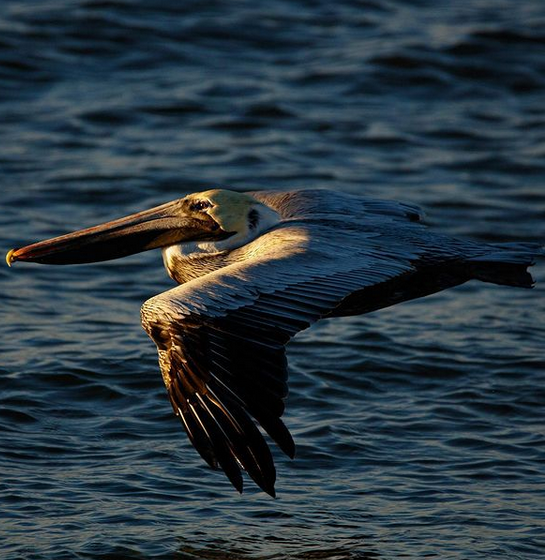
Today, thanks to warmer winter temperatures and the continued success of wildlife management programs implemented in our estuarine islands, populations of Brown Pelicans are growing every year making them a familiar sight along our beaches once again.
Truly something to be thankful for while on a winter evening’s stroll along the Atlantic 🙂
Photos by @sally_siko of @birdwatching_nc on the fabulous full frame @canonusa
#5Ds

